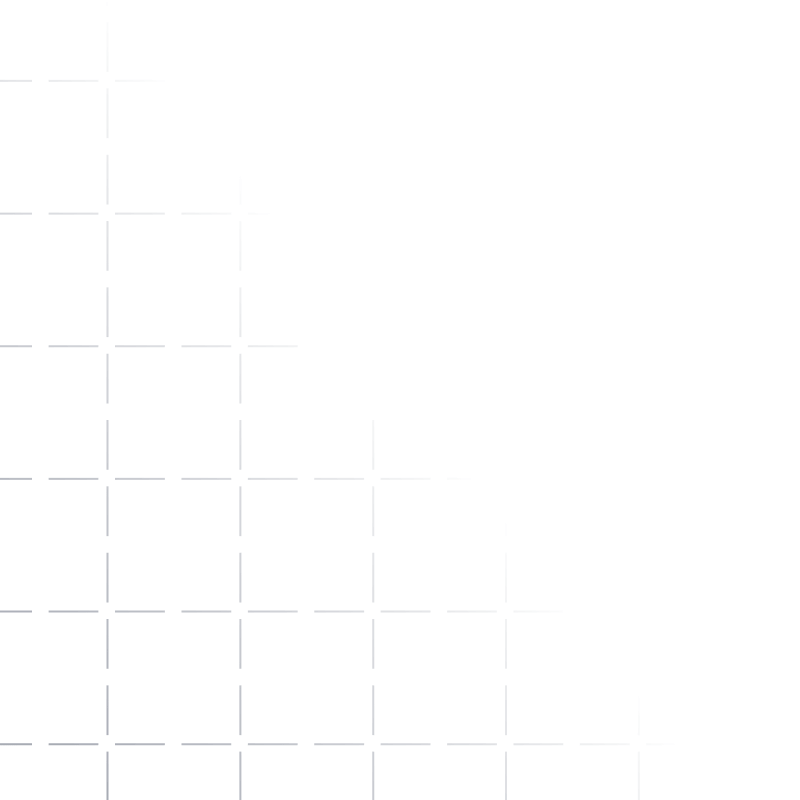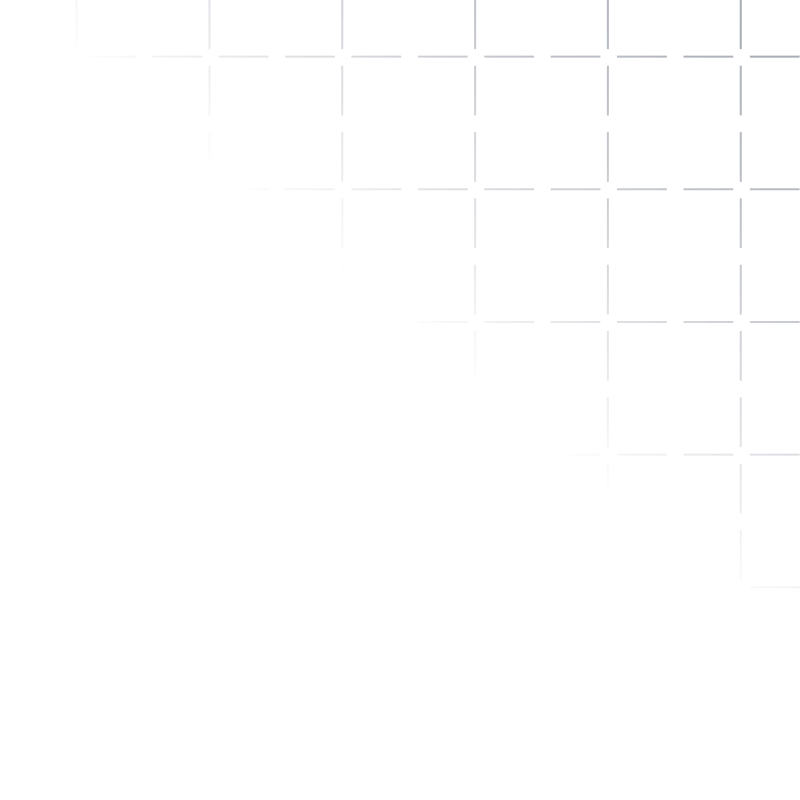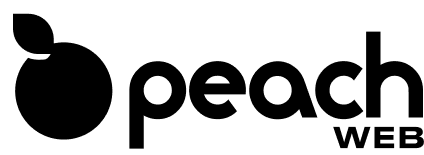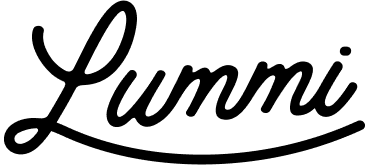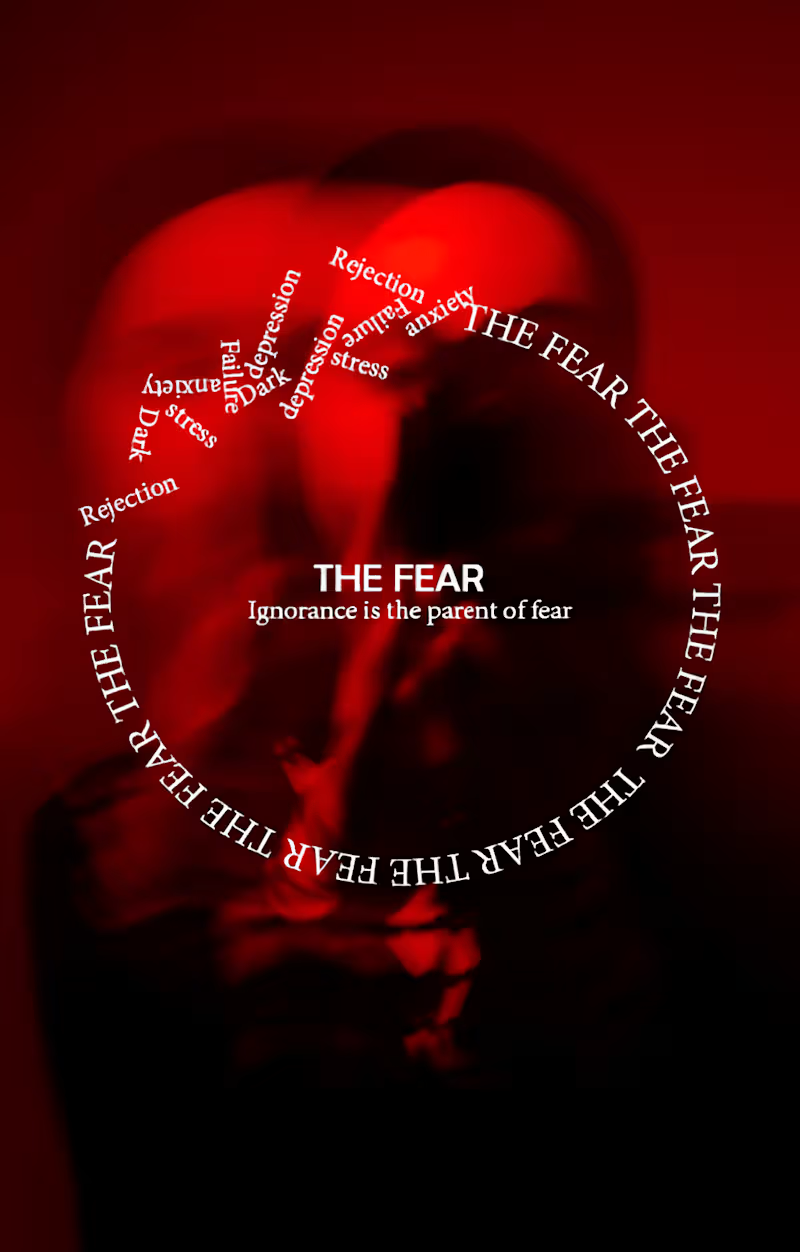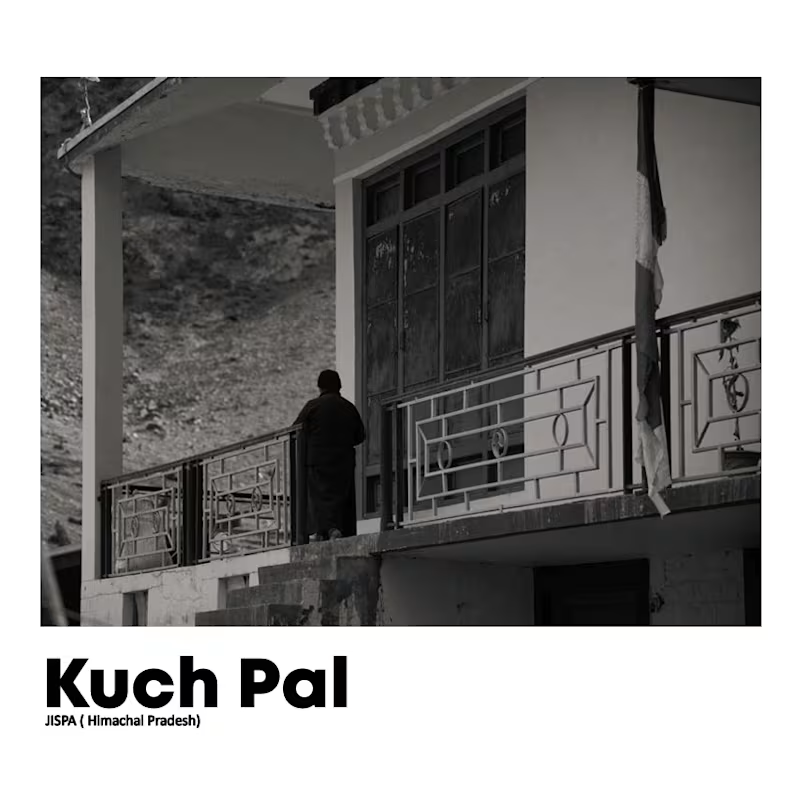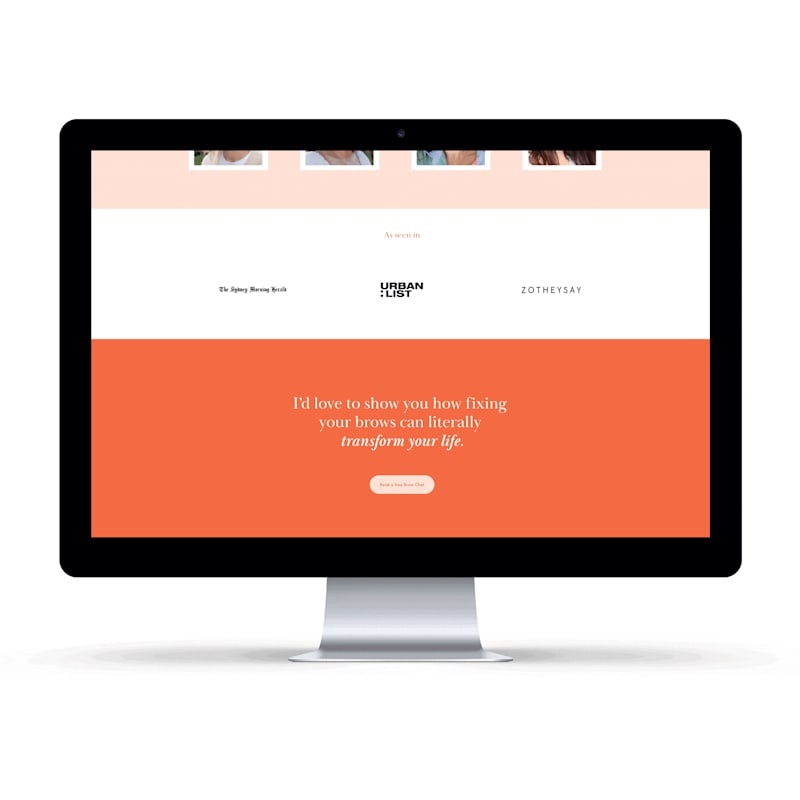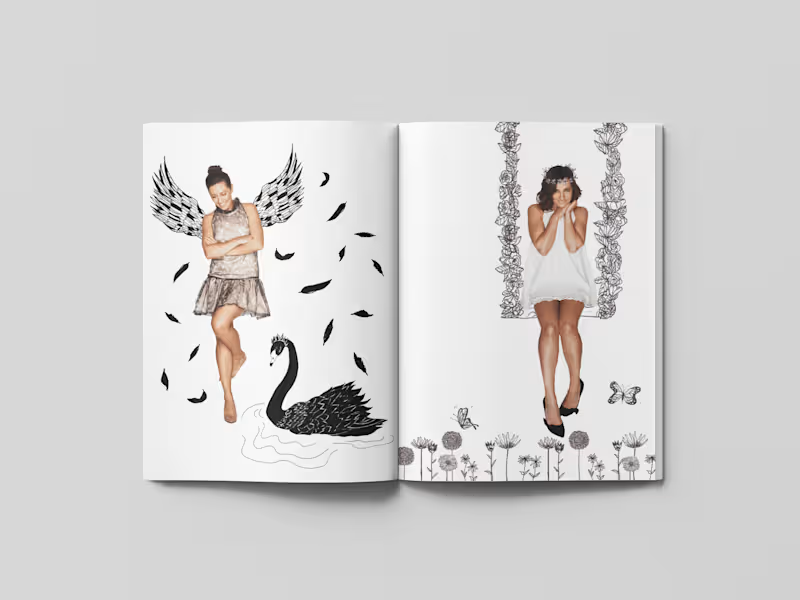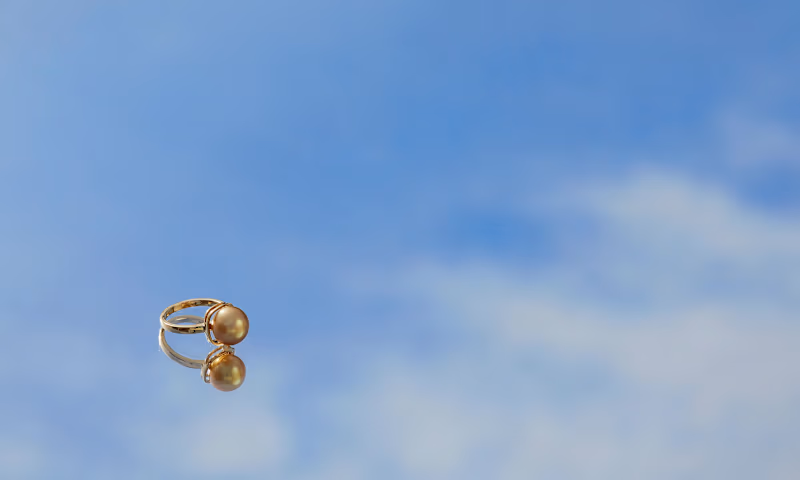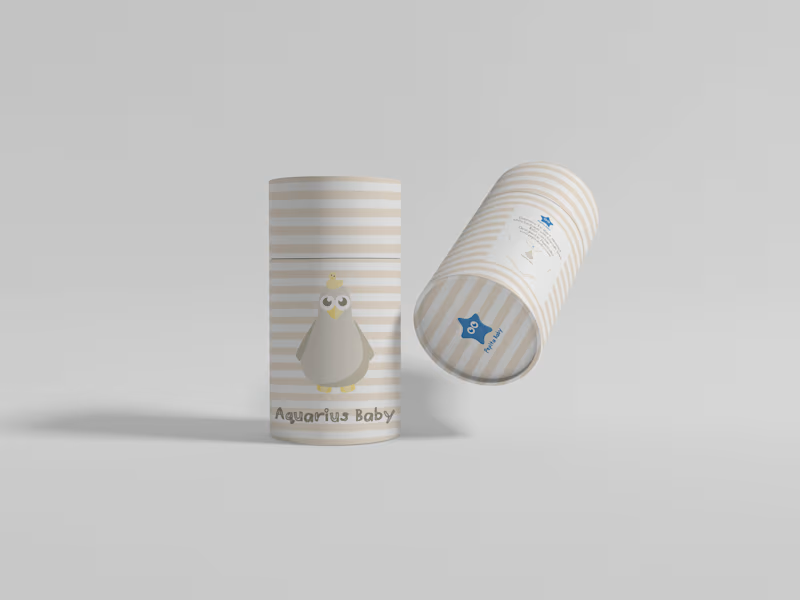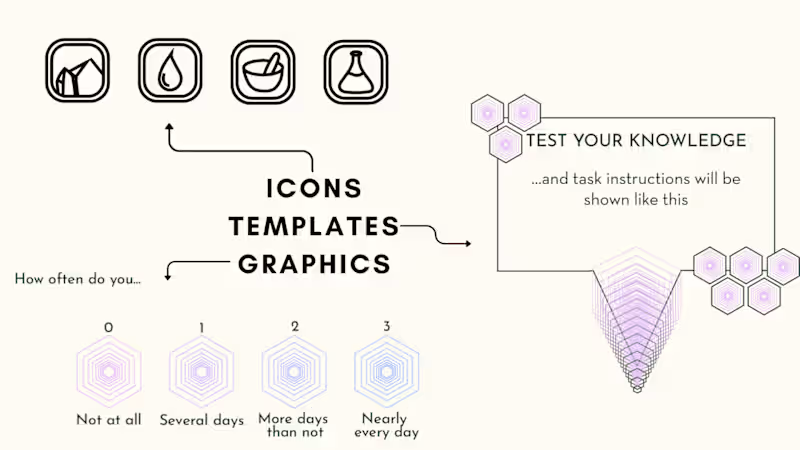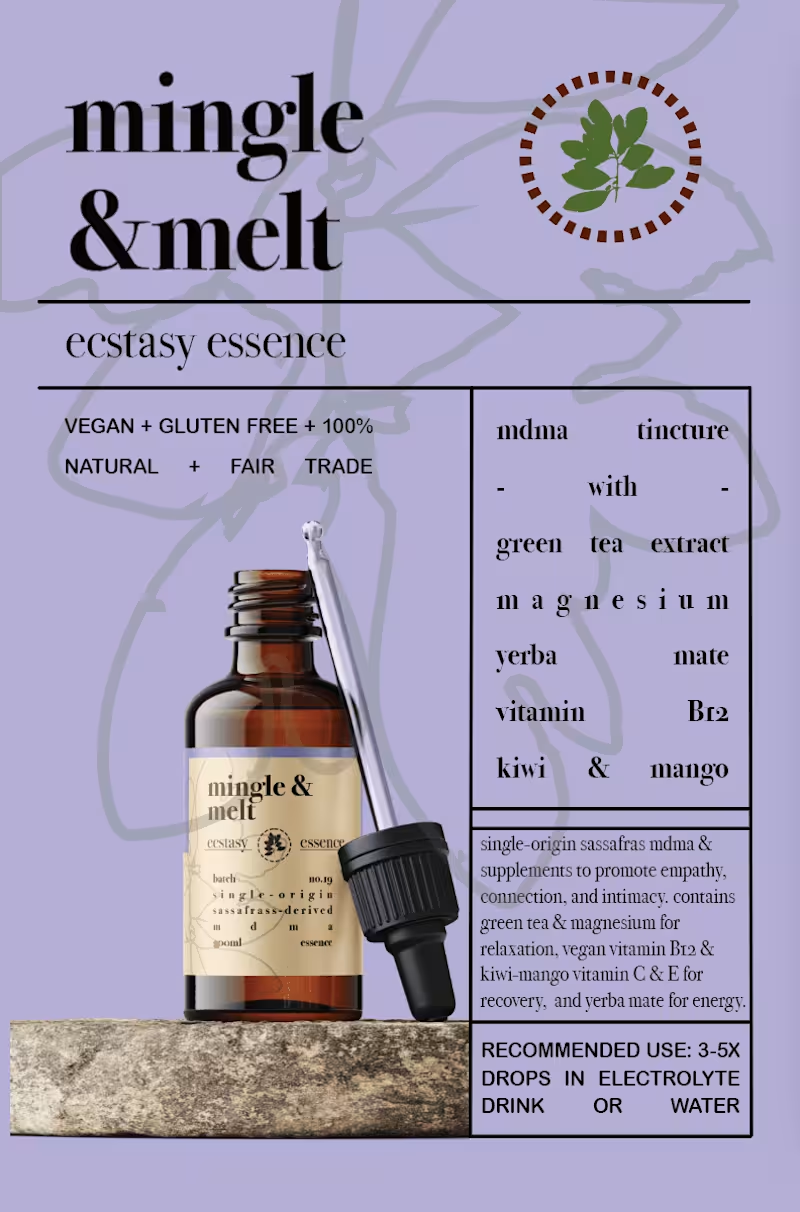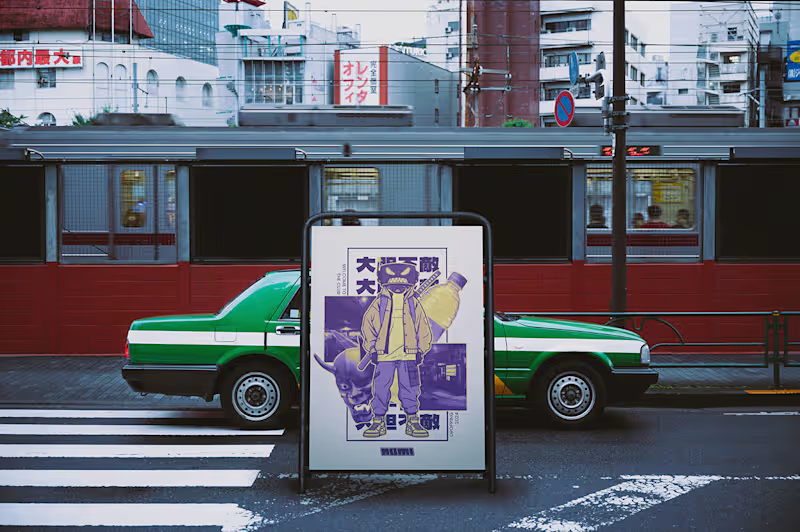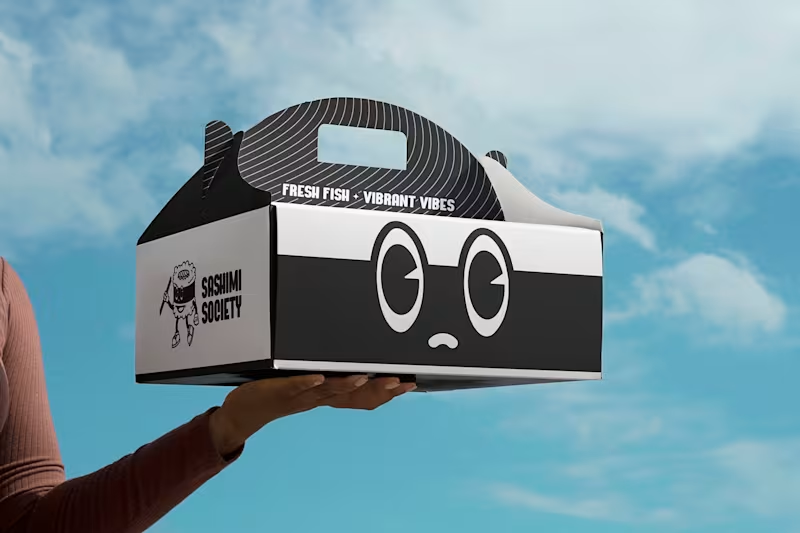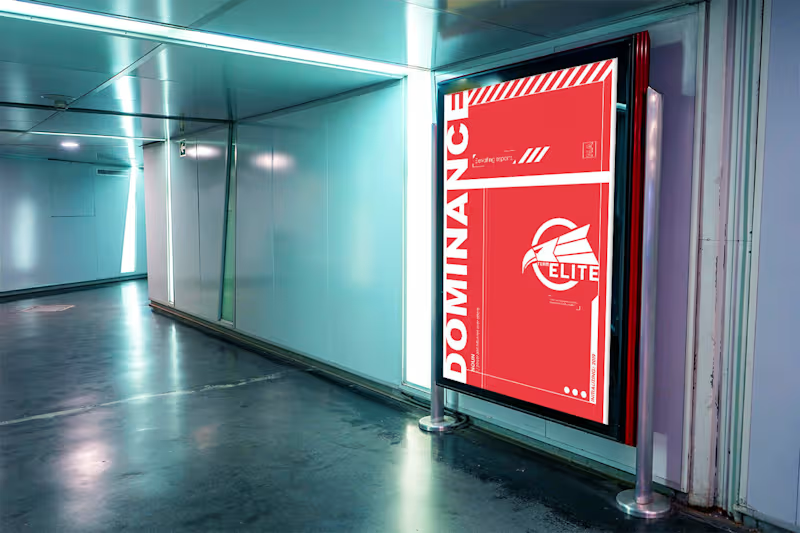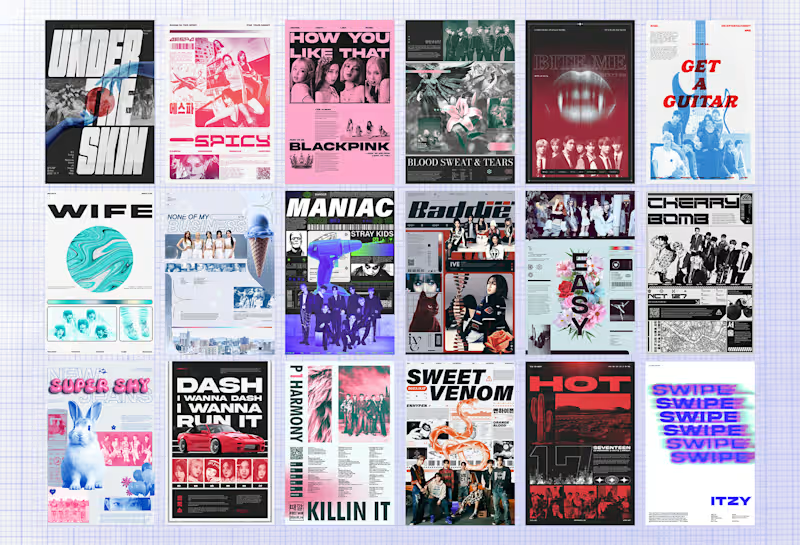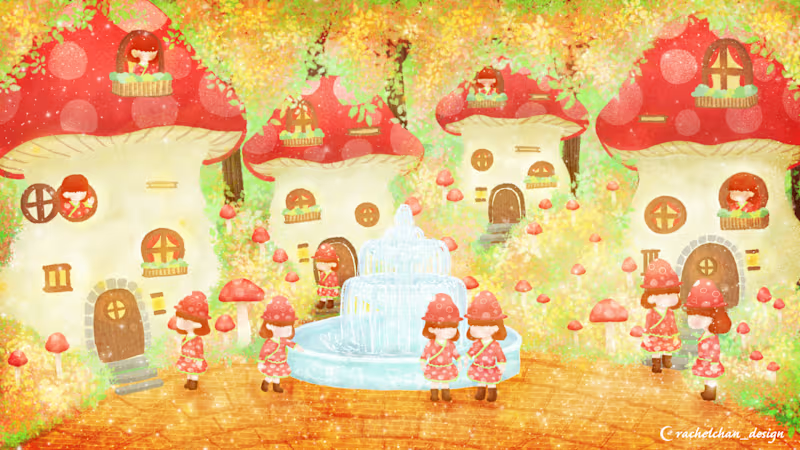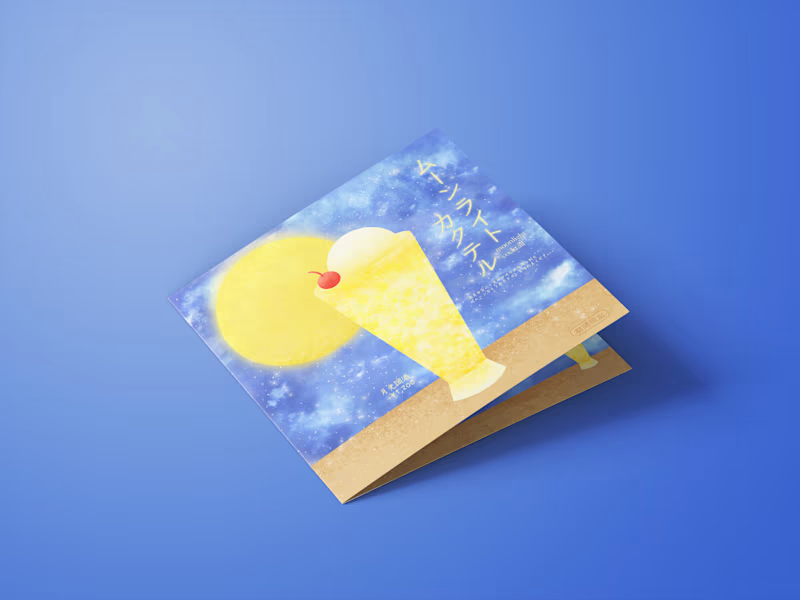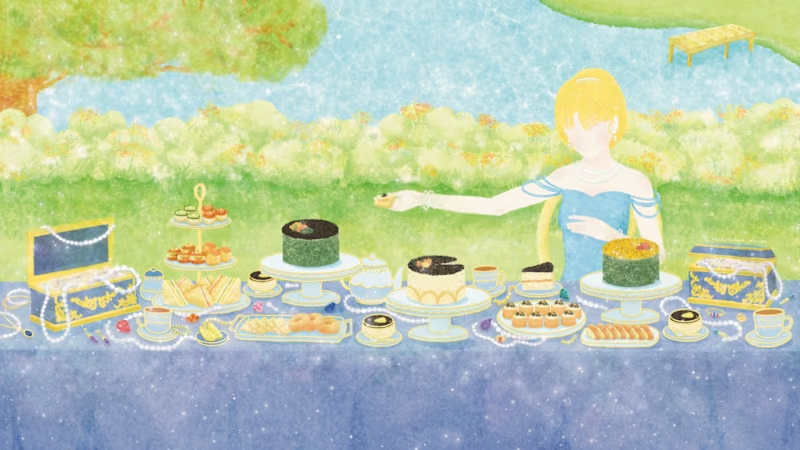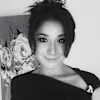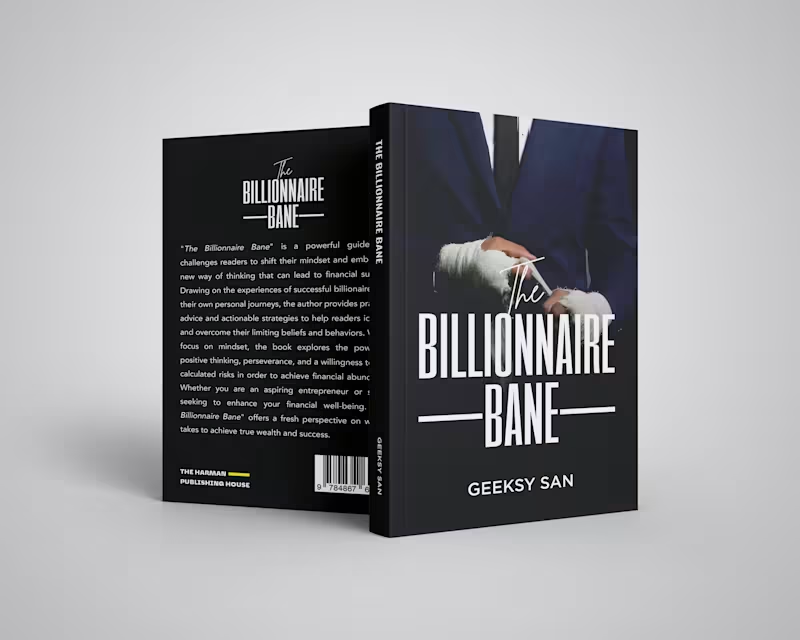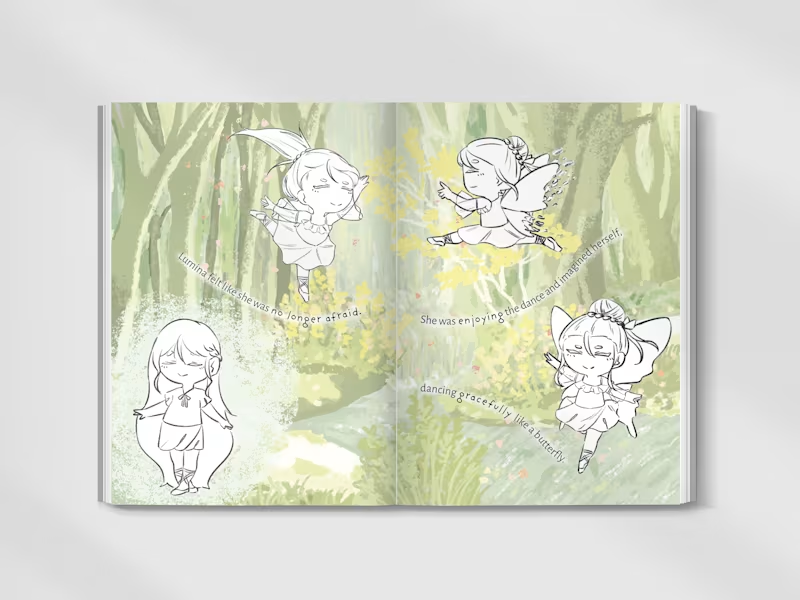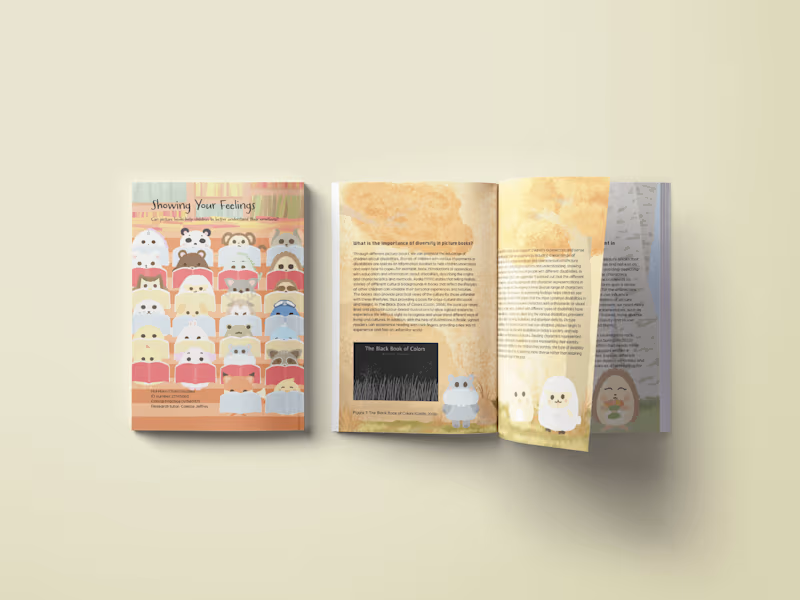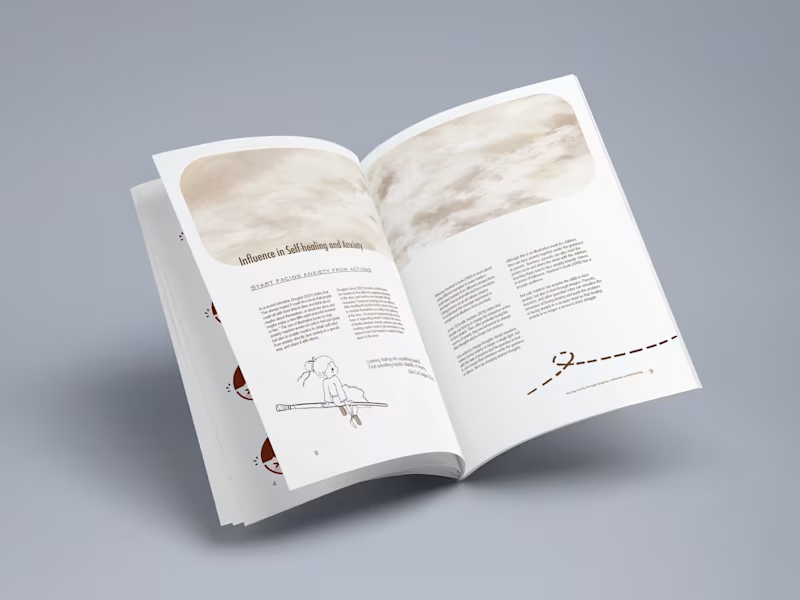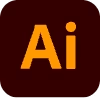What should I look for in an editorial designer's portfolio?
Look for diversity in their past projects. See if they have designed different types of publications, like magazines or books. Check for consistency in style and quality. Make sure their style matches your vision. The portfolio shows if they know how to use design tools well.
How can I ensure the designer understands my brand's voice?
Provide a detailed brief of your brand's mission and style. Share previous designs that reflect your brand. Ask for mood boards or sketches to see if they capture your brand. Clear communication and examples help them understand your brand's voice.
What is the best way to agree on project timelines with a designer?
Start by outlining the project scope and expected deliverables. Discuss and agree on milestones and deadlines. Make sure there's room for revisions in the timeline. Having a clear timeline ensures the designer meets your expectations. Regular check-ins can help manage progress.
How do I define the deliverables for an editorial design project?
List all the items you expect, like layouts, cover designs, or illustrations. Specify formats and sizes for digital or print. Be clear about the number of revisions allowed. A detailed list of deliverables helps avoid misunderstandings. Share examples of what you want.
What should I consider when setting up a project kickoff meeting?
Make sure to outline the project's main goals and objectives. Discuss design preferences and brand guidelines. Establish communication channels and frequency of updates. The kickoff meeting sets the tone for the project. Encourage questions to clear up any uncertainties.
How can I make sure the designer stays on track throughout the project?
Set clear milestones and check-in dates. Use project management tools to track progress. Encourage open communication to address any issues quickly. Regular updates help keep the project on track. Timely feedback is essential for smooth progression.
What kind of feedback should I give to my editorial designer?
Be specific and constructive in your feedback. Point out what works well and what doesn't. Use clear examples to explain your thoughts. Positive and actionable feedback helps improve the design. It also strengthens your working relationship.
How can I ensure quality and consistency in the design?
Discuss style guides and brand standards with the designer. Agree on consistent elements like fonts and colors. Review each draft carefully for any discrepancies. Quality checks maintain consistency throughout the project. Consistency helps in strong brand representation.
What should I prepare before starting the project with a designer?
Collect all materials like text, images, and brand guidelines. Clearly define the project's objectives and target audience. Prepare any inspiration or reference samples. Proper preparation sets a strong foundation for the project. It ensures the designer has everything they need to start.
How do I know if the editorial designer is the right fit for my project?
Compare their past work with your project's needs. Check compatibility in vision and style. Evaluate their communication skills during initial conversations. The right fit means they understand and complement your brand. A good relationship results in successful project outcomes.
Who is Contra for?
Contra is designed for both freelancers (referred to as "independents") and clients. Freelancers can showcase their work, connect with clients, and manage projects commission-free. Clients can discover and hire top freelance talent for their projects.
What is the vision of Contra?
Contra aims to revolutionize the world of work by providing an all-in-one platform that empowers freelancers and clients to connect and collaborate seamlessly, eliminating traditional barriers and commission fees.

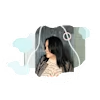
Top
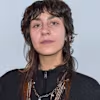
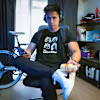

- 5.0
- Rating
- 9
- Followers
